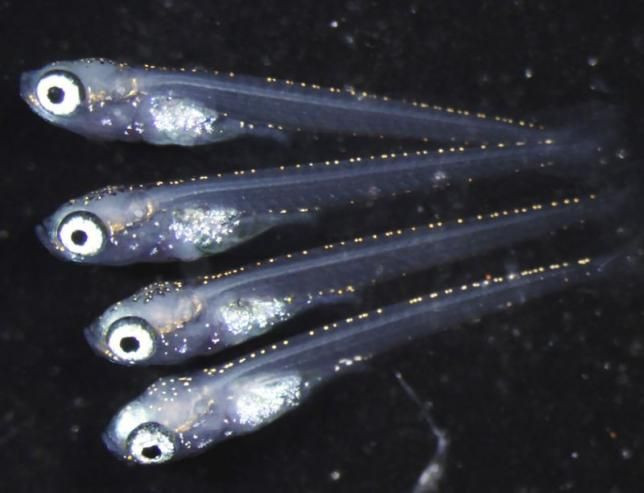Gene Controlling Germ Cells’ Fate To Become Either Sperm Or Eggs Identified
A team of Japanese researchers has identified a new gene in vertebrates, which determines whether reproductive germ cells eventually become sperm or eggs. The latest findings have been described in a study published in the journal Science on Thursday.
For the study, the scientists used a small fish called medaka to reveal the role of the gene, called foxl3, in controlling the fate of germ cells. Scientists know that these cells are present among vertebrates of both sexes, but information was limited about the molecular process that help them turn into either sperm, the male reproductive cell, or an egg, the female reproductive cell.
“While germ cells can become either sperm or eggs, nobody knew that in vertebrates the germ cells have a switch mechanism to decide their own sperm or egg fate,” Minoru Tanaka of Japan's National Institute for Basic Biology, said in a statement.

In the process to determine that foxl3 serves as a genetic switch that makes the final decision on germ cells’ sperm-egg question, scientists found that the gene is primarily active in a female medaka’s germ cells to prevent them from becoming sperm cells. When scientists inactivated the gene in female fish, the germ cells turned into sperm in the medaka’s ovaries.
According to the scientists, the sperm produced in that manner functioned normally, successfully fertilized egg cells and produced normal offspring. Although humans do not have foxl3, scientists believe that a similar genetic mechanism may be performing the same task in people, Reuters reported.
“Our result indicates that once the decision is made, the germ cells have the ability to go all the way to the end. I believe it is of very large significance that this mechanism has been found,” Tanaka said in the statement.
© Copyright IBTimes 2025. All rights reserved.






















